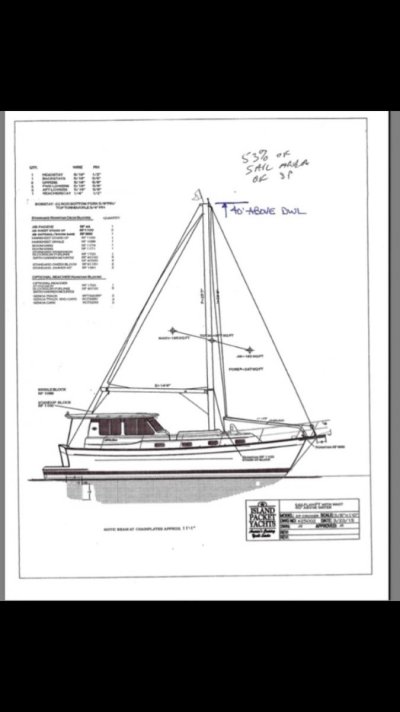You need them if your mate(s) won’t travel with you after their first adverse experience rolling without stabilizers on a round bottom boat.
My first mate/admiral keeps them on for boat wakes in the harbor or ICW. But then she feels well and happy to continue on the boat.
Careful to have installation performed in a manner that facilitates FUTURE service access.
Don’t forget that!
In open water for long passages and long term cruising, some form of stabilization is in the "must have" category for me, and certainly my mate. If I couldn't afford it, it strongly consider a sailboat instead of power. But there are many ways to stabilize.
Here are all the options I can reasonably think of for a long distance trawler. Educated guestimates for a 42-ish foot boat.
Active hydraulic fins. $40k-$50k. Instant on and usable for oncoming boat wakes. Main drawback is cost. They can break if you hit an obstruction, but this is rare. For at- anchor, desirable to add some sort of flopper stoppper setup. Slight drag even when not running. Probably another $3k
Paravanes - $10k-15k assuming adequate structure. Near-instant on/off. Main drawback is width - if you spend anytime in crab trap waters, you will hook one eventually. Can't run in ICW for boat wakes, and can be a bit awkward to set. Works well at anchor. No drag when not deployed. Requires significant maintenance every 5-8 years at haul out. Also requires flopper stoppers at anchor.
Gyro. Works well at anchor and underway. Expensive - in the $60k range, heavy, and takes a lot of space - size of a generator. It takes 120vac full time and is a fairly significant draw. No underwater appendages. Good for boats that run generators full time anyway.
Roll Chocks. Fixed longitudinal fins on bilges of boat, probably in range of 12-feet x 8-inches off hull. Adds slight drag at all times. Several Willards have these and owners report they reduce roll significantly. About $12k at a yard. Still need flopper stopper for at anchor.
Steadying sail of under 75sf. Not effective in most conditions (I have had two boats with steadying sails - took half a hurricane on the beam to "set" the boat). Under $1k if you already have a mast.
Large sail rig such as those on Diesel Ducks. Probably a $20k add-on. Also serves as get-home or get-somewhere power. Can be pretty effective. Main disadvantage is it cannot be retrofitted unless boat was originally built to accommodate, and not practical for Loop. No additional underwater appendices.
Other. I've heard of large tanks filled at a high location but know nothing of them. Also, would be remiss if I didn't mention form-stability of a power cat. I've been aboard a 2014 Horizon 52 Power Cat for about 800 nms over a few trips. Great at anchor. Underway, movement is a bit choppy for my tastes. The purpose built long distance power cats such as those popular in Australia may be better (Malcolm Tennant designs come to kind, but I have no personal knowledge)










